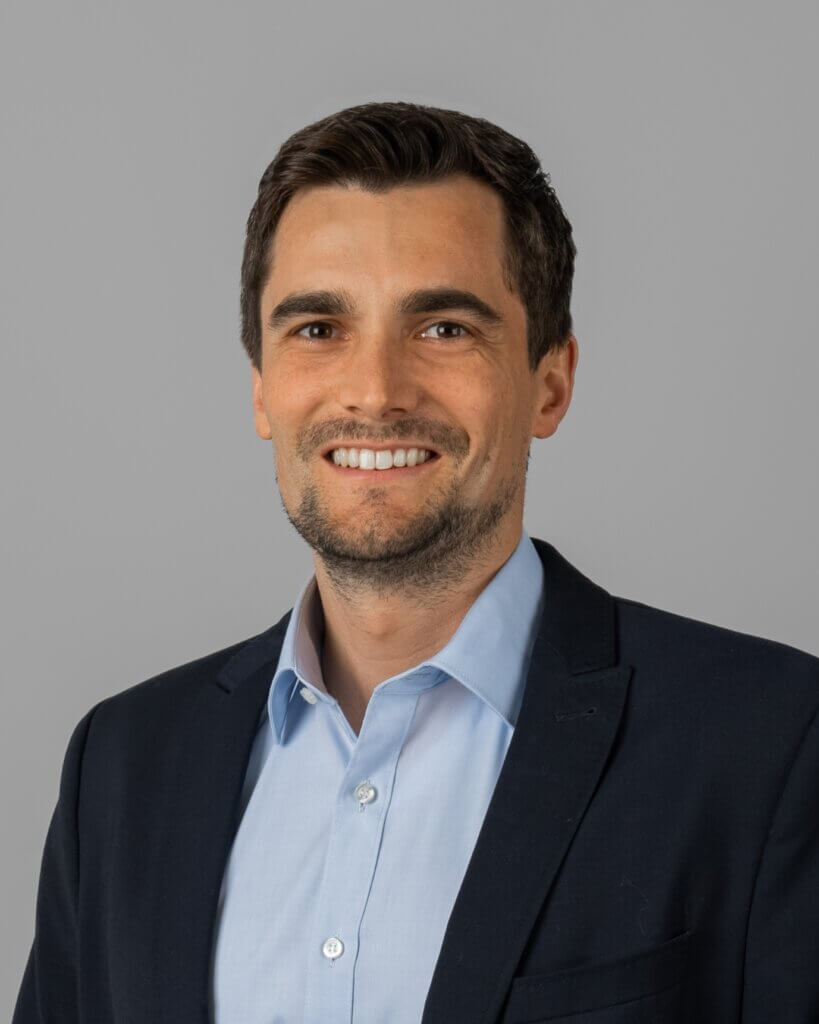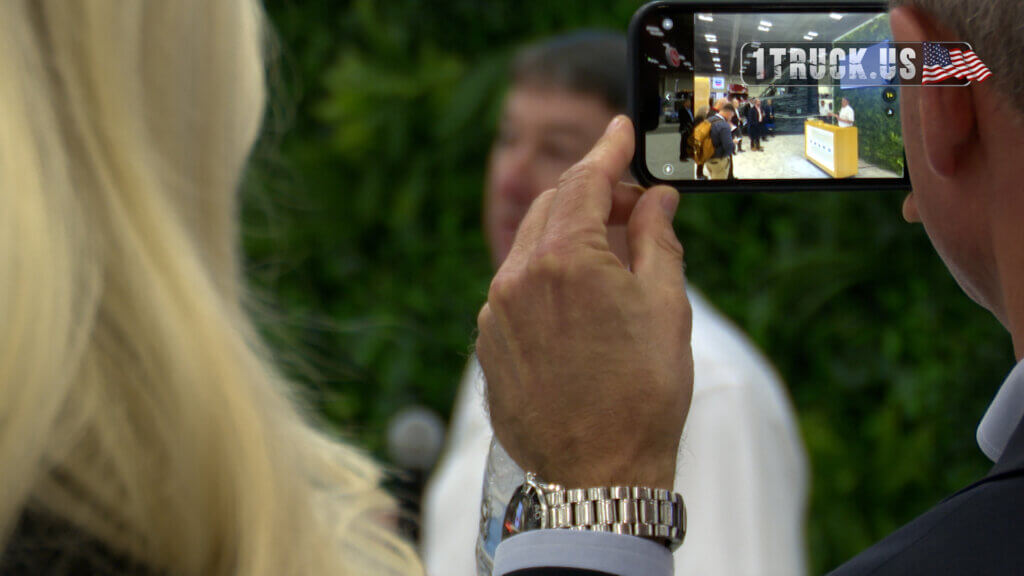High Positions: Kodiak Vice President of Commercialization Michael Wiesinger
In our interview series ‘High Positions’ we ask leaders who shape the business to give us their honest, unfiltered opinion about the state of the industry.
This time, Manuel Lutz, Co-Founder of 1Truck America, talked to Michael Wiesinger, Vice President of Commercialization for Kodiak, about the challenges of today’s market, autonomous driving and what the future will look like.
Manuel Lutz:
What do you think are the biggest challenges of the industry today?
Michael Wiesinger:
The commercial vehicle industry currently faces many challenges, with the most imperative being a shortage of drivers. Today, the industry is down approximately 80,000 drivers and this number is projected to be closer to 180,000 by 2028. Another crucial challenge being faced is that of safety concerns; there are an increasing number of accidents involving commercial vehicles, and of course, this is something that we want to be eliminated. Realistically, we could never eradicate accidents completely, but I believe more should be done to significantly reduce the number and lessen the issue of safety concerns. In addition, it could be said that commercial vehicles and trucks are not being utilized to their optimal potential. On average, each truck within a large fleet is on the road 7 hours per day, leaving 17 hours a day that the truck is not generating revenue. This is not so much a challenger per say, more of an inefficiency within the industry. To combat this issue, level 4 autonomous trucking technology was introduced, allowing trucks to safely operate up to 22 hours a day. Not only does this increase the amount of time a truck can be out generating revenue, but it also enhances safety practices. The volume of transportation is always increasing as consumers want their goods delivered faster and faster, and thus causing a large strain on the supply chain. The utilization of autonomous trucks can ensure that trucks are being used to their full potential, eliminating all these challenges we face in this industry.
Manuel Lutz:
Autonomous driving is still very young. As it is developing further, what are the challenges to be overcome for it to become more popular?
Michael Wiesinger:
Of course, it is still developing. From a technical standpoint, we still have some room to improve and validate our technology. By utilizing statistical methods, on-road data, and simulation data, we have completed our evaluation and the evidence we have compiled is being used to build our case. This case is to prove that our technology is safer than the average human truck driver, and we could eventually remove man from the cabin, minimizing human error. At this point, we need to work with fleets closely to perfect the idea of this integration; it would not be possible to hand over an autonomous truck to a company and simply say “go figure it out.” This is why we are currently establishing strong collaborations with fleet managers to see how we can work this technology into their transport and fleet management systems. A smooth transition is a top priority for us. It’s interesting, there is the technical side of this technology, but it is also so important to build trusting relationships, clear communication, and a solid ecosystem where this product can prosper. These are the main focuses for Kodiak and all our current partners.
Manuel Lutz:
As of now, Kodiak is only available in the US; what made you choose this market?
Michael Wiesinger:
Kodiak chooses to focus on the U.S. for many reasons. Firstly, the regulatory environment here is very supportive of autonomous trucks. Today, there are over 40 U.S. states that allow testing of this technology. There are also more than 20 states that approve of driverless operations and thus, we can remove the driver for testing in those areas. We are not currently doing this as we have not yet completed the validation process for our safety argument, however, in theory we could do this today. The regulatory environment in America is very understanding and reasonable, especially in comparison to Europe. In Europe, the regulatory framework is not as clear across the countries; this has to do with the Eu and how each country must ratify laws. For example, if you were to operate an autonomous truck between Austria and Germany, it would be difficult as each country will have different regulations. In contrast, the U.S. is more consistent with laws and are typically more supportive for OEMs and their autonomous technology. In addition, we believe it is important to focus on one area to perfect the technology. We primarily focus on the Sunbelt states as they are the most regulatory-friendly, as well as weather-friendly. Our next step would be to roll this technology out nationwide, and of course, our goal is to eventually become global.
Manuel Lutz:
What do you think the industry will look like in five years and then in twenty years?
Michael Wiesinger:
Within the next 5 years, we will see driverless trucks on the road. Of course, not every truck, but the number will continue to grow exponentially. I predict that in 20 years’ time, a very significant amount of transportation will be driverless. There will always be a need for drivers and thus will always exist. We are heavily focused on long haul paths as this is where the industry is experiencing the largest shortage of drivers. With long hauls, drivers are away from home for days, weeks, sometimes even months; they miss time with their families. This is why we believe this would be the greatest use for autonomous trucking technology. Drivers will be required for short hauls, local runs, and helping to maintain the autonomous systems. Thus, we believe there will be a combination of human drivers and driverless trucks in our future. It should be known that there are currently autonomous trucks on the road. We haul freight for IKEA, Tyson Foods, US Express and other large fleets. These companies are testing autonomous systems, operating, and hauling freight; we work very closely with these partners to ensure the integration of this technology provides a smooth transition for all. The most exciting parts are figuring out how to deploy our technology in the most efficient way, and the benefits we believe our technology will provide for the transportation industry.
Michael Wiesinger – Vice President of Commercialization Kodiak
Michael Wiesinger has been working for Kodiak since October 2019, first as Product Manager, then as Director of Commercialization and starting in December 2022 as Vice President of Commercialization.
Prior to joining Kodiak, Wiesinger served as the interim head of operations and logistics at Ware2Go, a startup that was part of UPS’s expansion team.
Michael Wiesinger’s educational career began with a Bachelor of Science in Industrial / Mechanical Engineering from Technische Universität Wien. Michael then went on to complete a Master of Science in Business Administration and Management, General, at WU (Vienna University of Economics and Business). Finally, he completed a Master of Science in Industrial Engineering / Supply Chain Management from Technische Universität Wien.

1Truck America, May 8th 2023



